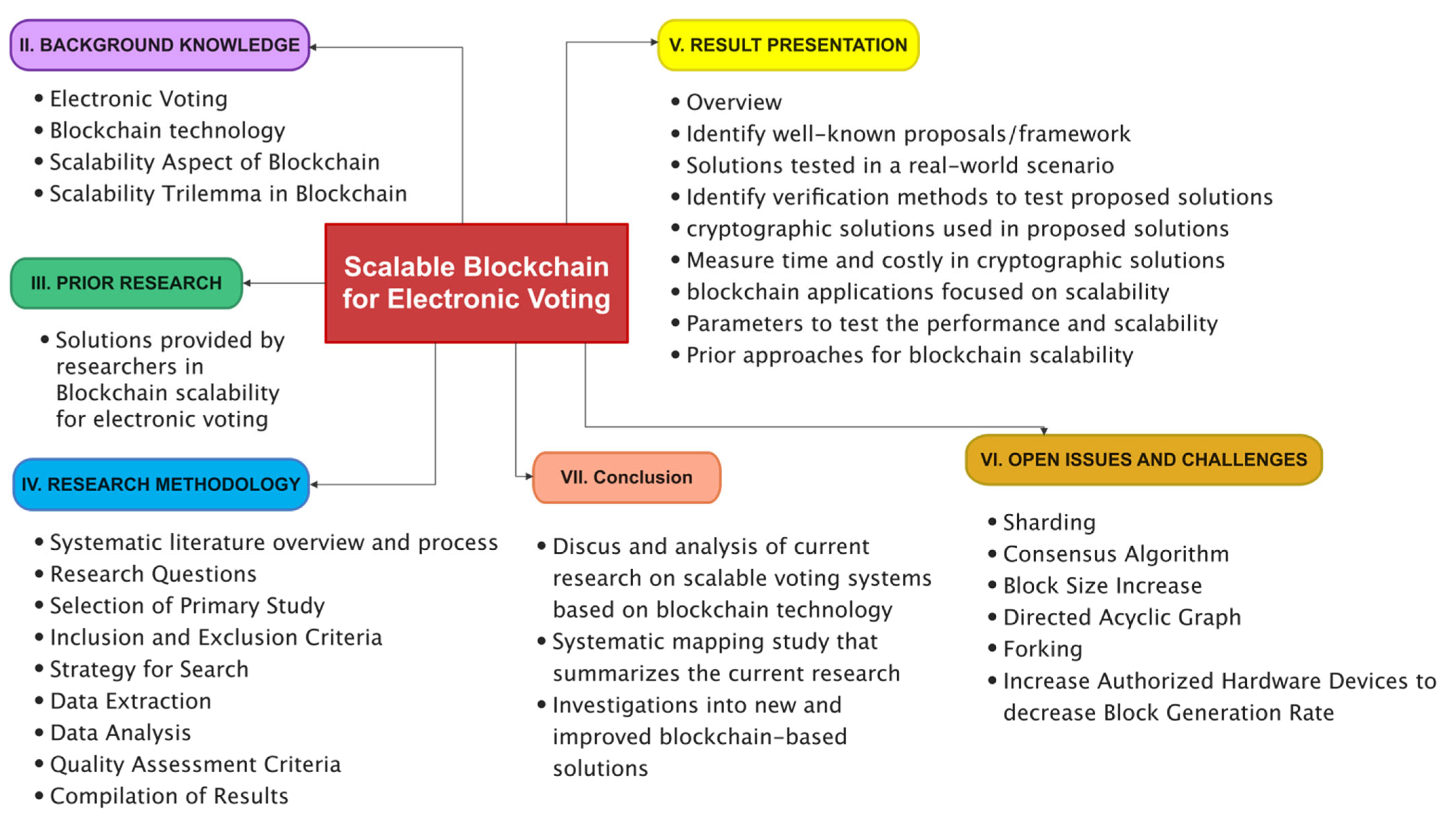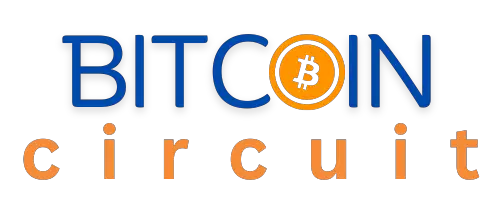Blockchain technology offers a vast landscape for academic inquiry, from its encryption methods to its impact on global finance. Key research topics include smart contract integrity, cryptocurrency regulation, and blockchain’s role in data security.
Engaging with blockchain topics for a research paper presents an opportunity to explore the intricacies of a rapidly evolving digital ledger that is transforming industries. Blockchain, the backbone of cryptocurrencies like Bitcoin and Ethereum, is more than just a buzzword; it embodies a revolutionary approach to decentralized information management and asset tracking.
Researchers dive into the technical aspects of block and transaction validation processes, the implications of distributed ledger technology (DLT) for traditional banking systems, and the challenges of integrating blockchain into existing regulatory frameworks. Analyzing blockchain’s potential to enhance transparency and security in various sectors, such as supply chain management and healthcare, also constitutes a substantial area of study. Understanding the environmental impact of blockchain and the development of more sustainable consensus mechanisms can provide critical insights into making this technology more eco-friendly. As blockchain continues to disrupt the way we perceive and manage data, these research topics remain pivotal in both academic and industry discussions.

The Rise Of Blockchain Technology
Blockchain technology started with the digital currency, Bitcoin. People and computers use it to record transactions. It’s a chain of blocks with info. Early blocks had only a few users and data. Now, billions of people know about blockchain. Each block has a unique code, called a hash. This code keeps data safe. Blocks connect with past and future ones.
Trust is key in blockchain. People don’t need a middleman to make deals. Everything is public on the blockchain. Yet, personal details stay hidden. Smart contracts on blockchain make automatic deals. They follow rules made by people. Computers check these rules. This makes everyone sure that the deal is fair.
Blockchain Architecture And Consensus
Blockchain architecture is the backbone of a decentralized network. Within this network, distributed ledgers play a key role. Think of them as shared databases. Everyone can access and confirm transactions. Yet, no single person holds all the power.
Digging into consensus mechanisms, they are like rules for agreement. They help ensure that each transaction is valid and trustworthy. Mechanisms like Proof of Work (PoW) and Proof of Stake (PoS) are popular. These rules make sure that all members agree without knowing each other.
Decentralization: The Core Concept
Decentralization reshapes power structures by removing a single point of control. This means no single entity has total command over the system. Instead, it’s in the hands of many, which is a major advantage.
- Enhanced security – A decentralized system reduces risks of centralized attacks.
- Increased transparency leads to trust as actions within the system are verifiable by anyone.
- Reduced single points of failure make the system more reliable and less prone to outages.
- Empowerment to users comes from control over their own data.
Yet, these systems face hurdles. Scalability can be a struggle, as achieving consensus can slow things down. Additionally, legal and regulatory recognition is complex and remains uncertain in most regions. These challenges fuel criticisms, making some question its practicality on a large scale.
Cryptocurrency: Blockchain’s First Use Case
Bitcoin sparked the cryptocurrency revolution, laying the foundation for a world of digital currencies. Its invention paved the way for trustless transactions without the need for traditional banking systems. The core innovation of Bitcoin is its underlying blockchain technology, which provides a decentralized and secure ledger for all transactions.
Following Bitcoin’s launch, numerous altcoins emerged. These alternative cryptocurrencies aimed to improve upon Bitcoin’s original design or offer entirely new features. Ethereum, Ripple, and Litecoin are notable examples and represent significant advancements in the cryptocurrency landscape. Each altcoin contributes to the ever-growing ecosystem, illustrating the versatility and potential of blockchain applications.
- Ethereum introduced smart contracts, enabling complex transactions and decentralized applications.
- Ripple, focusing on speed, aims to revolutionize how banks conduct cross-border payments.
- Litecoin offers faster block generation times, aiming for more efficient transactions.

Smart Contracts And Dapps
Smart Contracts are self-executing contracts with the terms written in code. These digital contracts run on a blockchain, and they automatically enforce and verify the terms agreed upon by parties. This innovation greatly reduces the need for intermediaries, like lawyers or banks.
Decentralized Applications (dApps) are programs running on a peer-to-peer network of computers rather than a single computer. dApps are outside the control and interference of a single authority. This ensures that applications are less prone to failure and not subject to control from central authorities.
| Smart Contracts Features | dApps Characteristics |
|---|---|
| Self-executing and automatic | Run on blockchain technology |
| Code-based agreements | Resistant to censorship |
| Reduce need for intermediaries | Open-source and transparent |
| Highly secure and tamper-proof | Operate on a peer-to-peer network |
Blockchain For Sector-specific Solutions
Blockchain technology enhances supply chain transparency. Tracking goods from origin to delivery is simpler and more reliable. Each transaction within the supply chain is recorded unalterably. It allows all parties to view the product’s journey. Blockchain reduces errors and fraud. Businesses can now confirm product authenticity with ease.
Healthcare sees innovative uses for blockchain. Patient records are secure and private but accessible when needed. This sharing helps doctors and patients make better decisions. Smart contracts can automate healthcare processes. These processes improve accuracy and save time.
| Supply Chain Aspect | Blockchain Impact |
|---|---|
| Product Tracking | Better visibility and tracking |
| Authenticity Verification | Easy confirmation of product source |
| Error Reduction | Fewer mistakes in product handling |
| Fraud Prevention | Decreased chances of counterfeit goods |
Challenges In Blockchain Adoption
Blockchain technology faces many challenges with adoption. One key issue is scalability. Blockchains struggle to handle large amounts of transactions quickly. This slowness can hinder more widespread use.
On the legal side, rules and laws remain unclear. Many countries do not have specific regulatory frameworks for blockchain yet. This uncertainty makes it hard for businesses to adopt blockchain. They fear breaking unknown laws or facing future regulations that could harm their operations.
Future Trends In Blockchain Technology
Blockchain technology and the Internet of Things (IoT) hold a promising future. Seamless integration of blockchain with IoT devices can enhance security and efficiency. Think of smart homes that are safe from hackers. Trust between devices can also improve with blockchain.
We see more companies working on better conversations between different blockchains. These developments bring us faster transactions and reduced costs. They work like bridges, letting information flow safely. Imagine sending a text to a friend, even if they use a different app.

Frequently Asked Questions Of Blockchain Topics For Research Paper
What Is Blockchain Technology?
Blockchain is a distributed digital ledger that records transactions across many computers. This ensures that each record, or block, is secure and unalterable. It forms the backbone of cryptocurrencies like Bitcoin.
Why Research Blockchain Security?
Blockchain security research is vital to ensure the integrity of transactions and prevent potential breaches. As blockchain systems become more prevalent, understanding and reinforcing their security is crucial for widespread adoption and trust.
How Does Blockchain Impact Finance?
Blockchain revolutionizes finance by introducing decentralized financial systems. It reduces reliance on traditional banks, speeds up transactions, and lowers costs by removing intermediaries and facilitating peer-to-peer transfers.
Can Blockchain Enhance Supply Chain Management?
Yes, blockchain can greatly improve supply chain transparency and traceability. By recording every transaction in a tamper-proof ledger, it ensures the authenticity of products and streamlines the tracking of goods from origin to consumer.
Conclusion
Embarking on a blockchain research journey can be both intriguing and complex. The topics highlighted offer a rich field of inquiry for students and scholars alike. As the blockchain landscape continues to evolve, staying abreast of these areas can yield valuable insights and breakthroughs.
Paving your research path through this dynamic terrain promises exciting discoveries for the academically curious.

